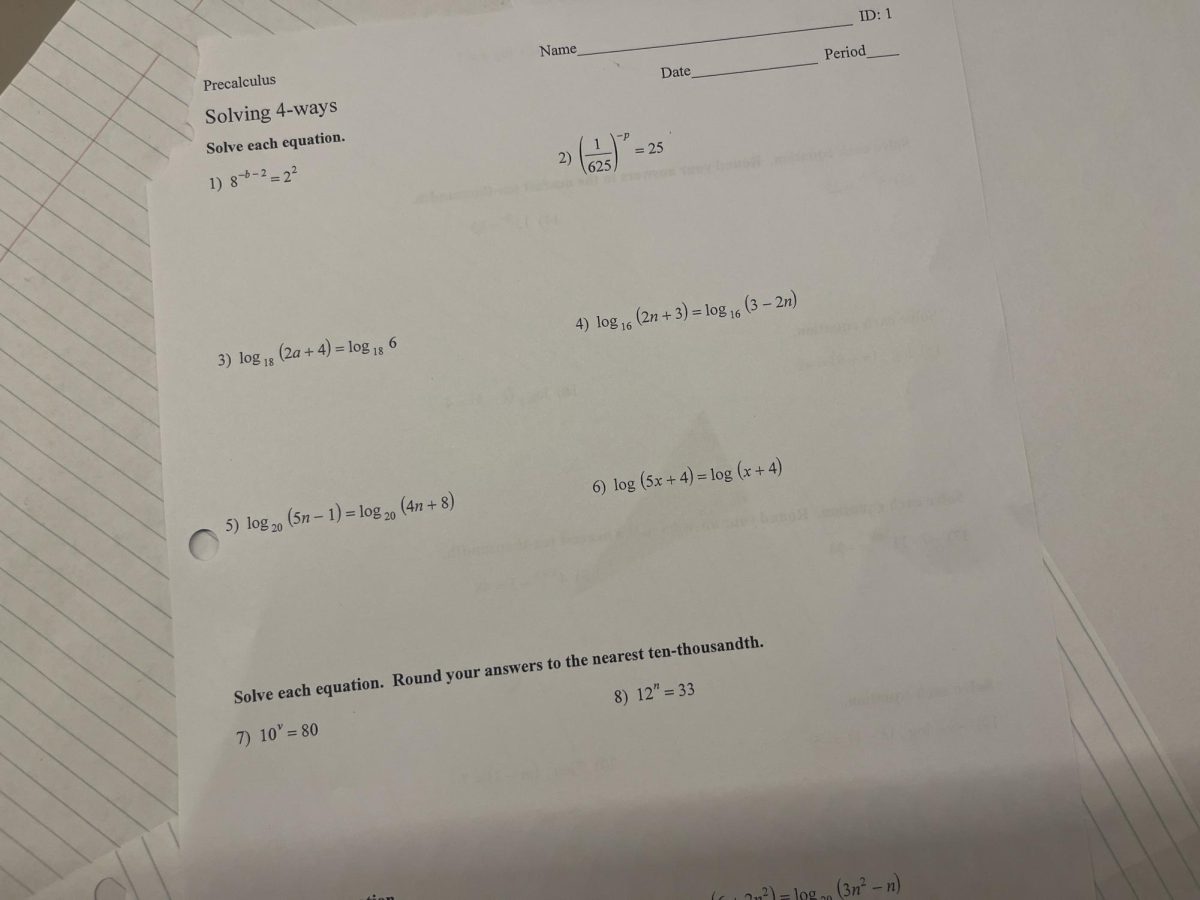In the United States, teachers should have extended and paid maternity leave. According to The Philadelphia Inquirer, teachers are only given “six weeks after a vaginal birth or eight weeks after a cesarean section” before they are expected to return to school. Teachers must use their sick days if they want to get paid during this time. This banking system is unjust because it prohibits teachers from caring for their children.
The Family and Medical Leave Act is a law that provides eligible employees a 12-week unpaid leave. While this would allow the parent to bond with their child, it is not financially viable. Erica Walsh, a pregnant teacher at Pennridge High School, describes how the cost of daycare equals one of her paychecks. She explains, “As a teacher, it makes you look at the calendar differently.” For her, it means returning to school in January 2025 so that she can save money by staying home and not sending her kids to daycare. Yet, this is a sacrifice that may hurt her reputation.
The Harvard Business Review explains that “women who take longer leaves are often seen as less committed to their jobs.” This can hinder their ability to maintain promotions, respect, and even employment. A teacher at Pennridge High School and mother of three, Caitlin Thompson, says she feels “the working moms are being punished.” With the influx of teacher shortages, setting unrealistic expectations will only motivate more teachers to leave. A way to prevent quitting is by implementing paid maternity leave. The United States Congressional Joint Economic Committee states, “Economic studies have shown that access to paid family leave significantly increases the likelihood that workers will return to their jobs instead of dropping out of the labor force or spending time out of work to search for a new job.”
Countries around the world provide paid and extended maternity leave for mothers. Edapt, an English teaching company, explains that employees eligible for statutory maternity leave will receive 52 weeks off, 39 of which are paid. The payment is:
- “90% of your average weekly earnings (before tax) for the first 6 weeks.
- £156.66 or 90% of your average weekly earnings (whichever is lower) for the next 33 weeks.”
Adapting this system to the U.S. would benefit and support the mothers and future generations of Americans.
Sources:
https://hbr.org/2018/09/do-longer-maternity-leaves-hurt-womens-careers
Philly teachers working without parental leave
https://www.edapt.org.uk/support/knowledge-base/what-are-my-rights-for-maternity-leave-as-a-teacher/





